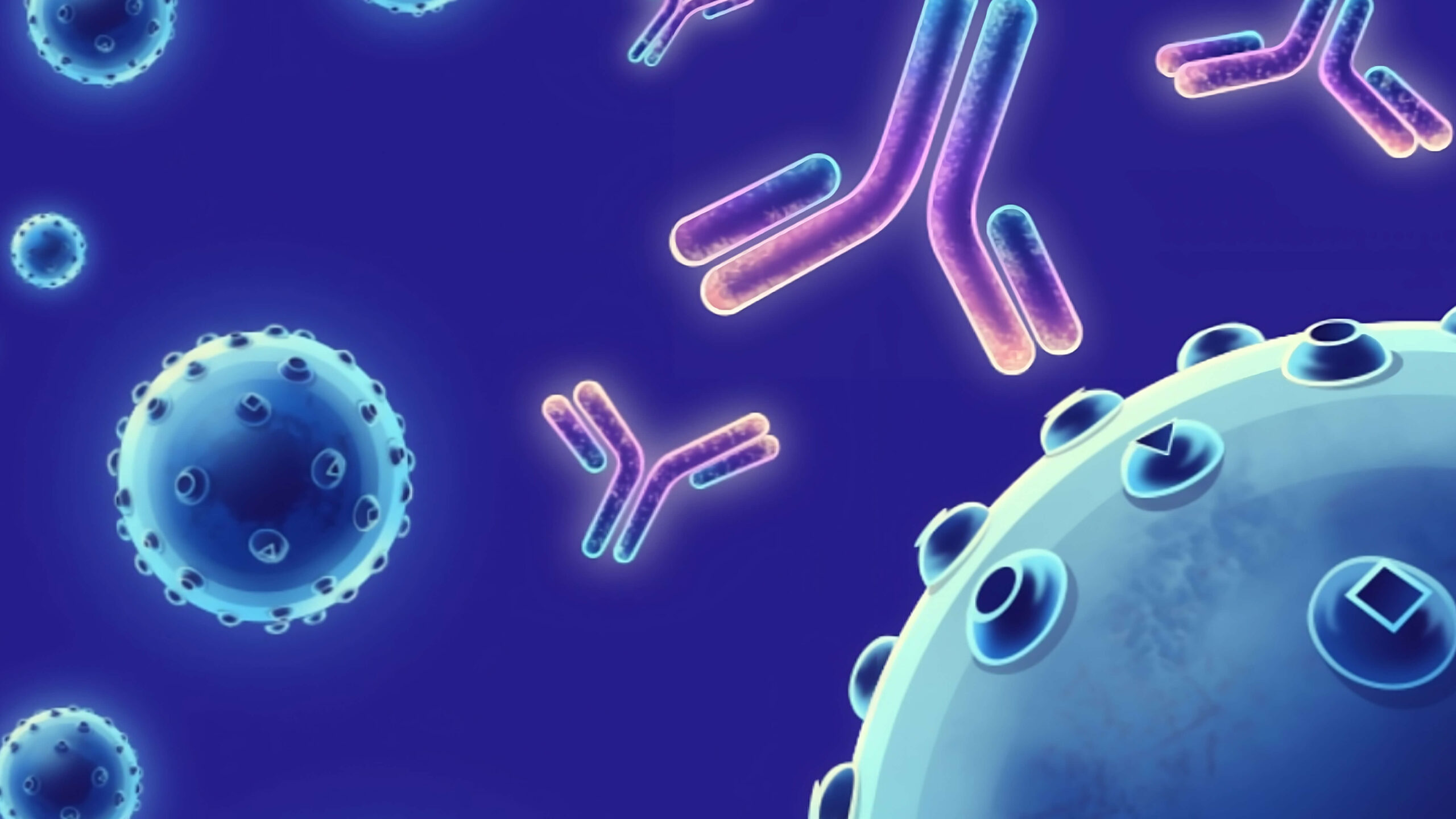Description
The cluster of differentiation (CD) system is commonly used as cell markers in Immunophenotyping. Different kinds of cells in the immune system can be identified through the surface CD molecules which associating with the immune function of the cell. There are more than 320 CD unique clusters and subclusters have been identified. Some of the CD molecules serve as receptors or ligands important to the cell through initiating a signal cascade which then alter the behavior of the cell. Some CD proteins do not take part in cell signal process but have other functions such as cell adhesion. Cluster of differentiation 63 (CD63) is a member of the CD family and the transmembrane 4 superfamily, also known as the tetraspanin family. CD63 is a cell surface glycoprotein characterized by the presence of four hydrophobic domains. CD63 had functions in mediating signal transduction processes and then regulate a variety of cellular processes such as cell proliferation, activation and motility. It has been reported that CD63 protein associated with tumor progression and served as a blood platelet activation marker and the deficiency of this protein may be associated with Hermansky-Pudlak syndrome.
Target
CD63
Target Alias Names
LAMP-3, ME491, MLA1, OMA81H, TSPAN30
Isotype/Mimetic
Rabbit IgG
Animal-Derived Biomaterials Used
No
Sequence Available
No
Original Discovery Method
Phage display technology
Antibody/Binder Origins
Animal-dependent discovery, post-2020, In vitro recombinant expression

